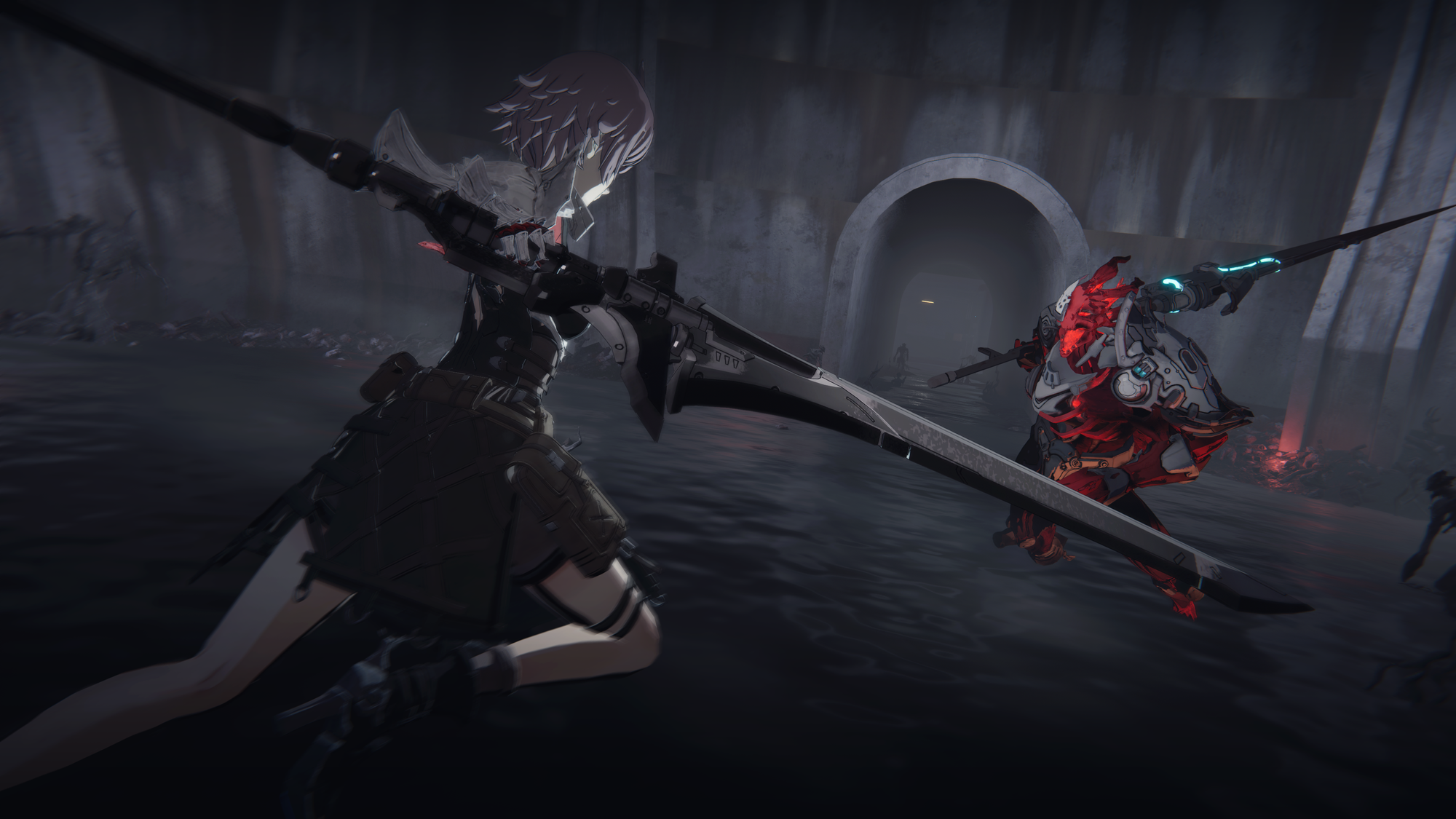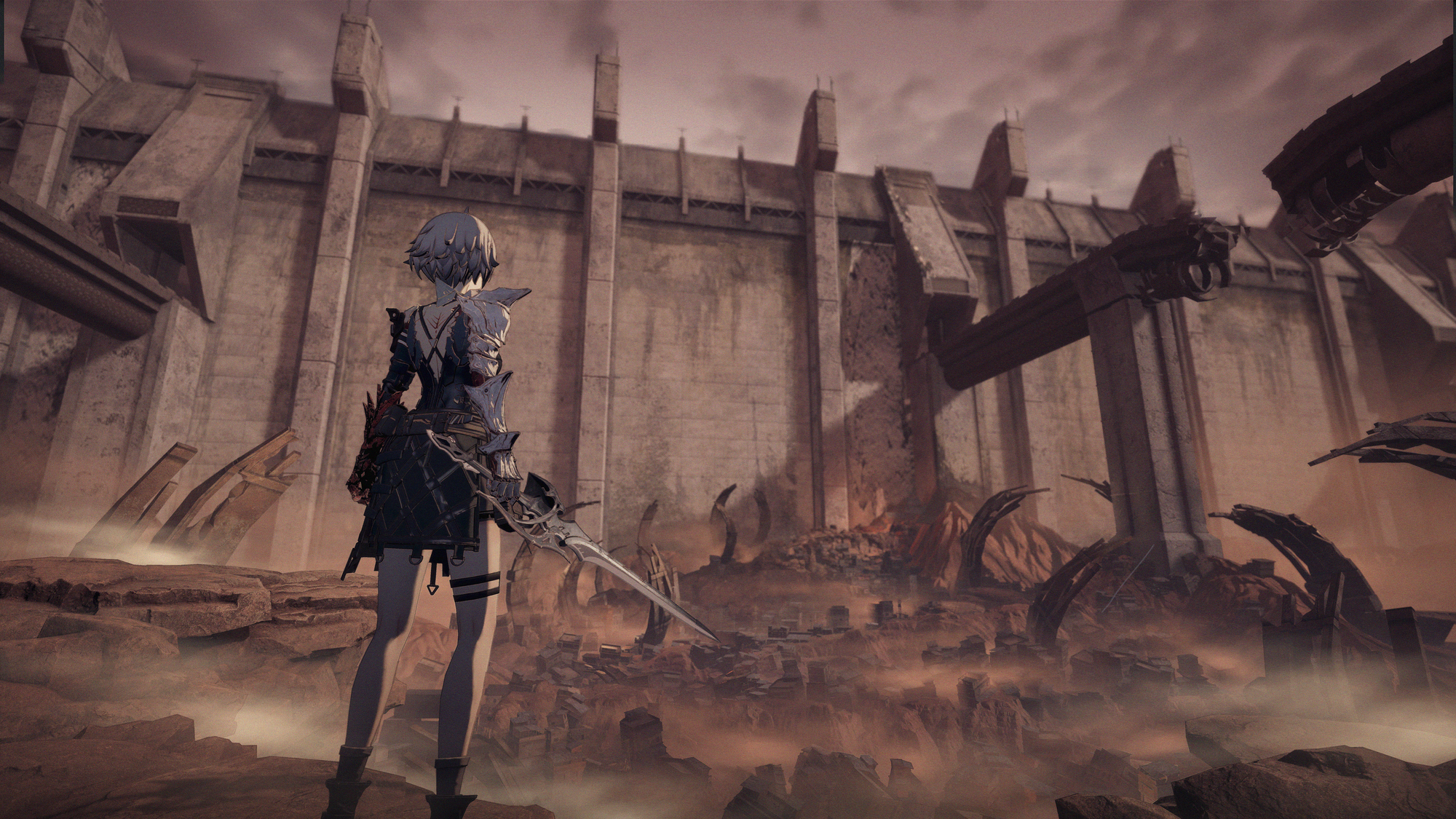AI Limit Review

AI Limit is a game that makes no effort to hide its inspiration. Developed by Chinese indie studio SenseGames and published by CE-Asia, it wears its Soulslike influences on its sleeve, offering a challenging yet refined experience for fans of the genre. While it doesn’t necessarily reinvent the wheel, it introduces enough unique elements to stand out in the increasingly crowded field of action RPGs.
A Post-Apocalyptic Wasteland
Set in a world ravaged by a corrosive substance known as MUD, AI Limit casts players as Arrisa, a powerful Blader with immortality. Tasked with restoring the city of Haven’s branches and uncovering its dark past, Arrisa’s journey takes her through a ruined metropolis filled with monstrous threats. While not the game’s strongest suit, the narrative delivers just enough intrigue to keep players invested. Storytelling is minimal, relying on scattered notes and brief NPC interactions, much like classic Souls titles.
Despite the lack of heavy exposition, the game’s world-building remains compelling. The remnants of civilization, cryptic messages, and the tragic fates of other Bladers provide an atmospheric sense of despair and mystery. It may not be a deeply layered narrative, but it achieves a strong enough foundation to carry the adventure forward.

A New Take on Soulslike Combat
For players new to the genre, AI Limit offers a relatively accessible experience. Unlike traditional Soulslike titles, it removes stamina and weight class restrictions, allowing for a more free-flowing combat system. This makes battles feel more dynamic and less punishing, as players aren’t constantly managing stamina consumption.
One of AI Limit’s standout features is the ability to equip two weapons simultaneously, enabling mid-combo swaps. This adds variety and depth to combat, allowing for strategic transitions between weapon types. The game also embraces familiar Soulslike mechanics, such as armour altering Arrisa’s appearance, consumable items, and the collection of Crystals, which serve as the game’s currency for levelling up.
A significant feature is the Soul Frame system, which influences abilities like guarding and parrying. Some modules even sacrifice health to temporarily enhance attack properties, adding a layer of risk-reward strategy to combat. Build customization is vast, with weapons, weapon skills, and status-boosting Seals offering multiple ways to tailor Arrisa’s playstyle.

Weapons, Magic, and Sync Rate System
At the beginning of the game, players choose from three weapon types:
- Dual Daggers: Geared toward dexterity-based builds, offering quick, precise strikes.
- One-Handed Sword: A balanced option suitable for all-around play.
- Two-Handed Sword: Designed for strength builds, dealing high damage at the cost of slower attack speed.
New equipment is discovered by exploring the world or defeating enemies, allowing players to change Arrisa’s appearance and refine their build. Defeating bosses and minibosses grants Nucleus items, wearable accessories that provide buffs and increase Crystal acquisition.
Magic and special skills are tied to the Sync Rate system, which governs their availability. Using these abilities depletes the gauge, with penalties kicking in as the Sync Rate decreases:
- 100% - 80%: Full damage output remains.
- 79% - 40%: Slight reduction in damage.
- 39% - 0%: Significant drop in damage, loss of spellcasting abilities, and potential immobilization.
This system encourages players to balance their offensive and defensive actions, ensuring they don’t overextend themselves in battle.
Combat Execution and Technical Issues
At its core, AI Limit delivers a refined combat experience, blending light and heavy attacks, weapon abilities, dodges, and parries. Veteran Souls players will feel right at home with their mechanics. However, some inconsistencies arise. Parrying, while an integral feature, lacks reliability at times. Enemy attack telegraphs can be difficult to read, making counters feel inconsistent and punishing players unfairly.
Another issue lies with the game’s respawning system. Upon revisiting an area, enemies don’t disappear but instead become invisible, with only their weapons visible. This bug can make navigation and combat frustrating, though it’s something that could be patched in future updates.

Visuals and Atmosphere
Visually, AI Limit boasts a distinctive anime-inspired aesthetic that suits its dark sci-fi setting well. The character models, environments, and enemy designs are all detailed, reinforcing the game’s oppressive, post-apocalyptic tone. The world, while compact, feels immersive, and the environmental storytelling effectively delivers a sense of decay and loss.
However, the camera can be a hindrance, especially in confined spaces or against agile enemies. In some encounters, the camera struggles to keep up with the action, adding an unnecessary layer of difficulty.
Conclusion: A Promising Yet Flawed Soulslike
AI Limit brings an intriguing mix of classic Soulslike elements with a few refreshing twists, making it a solid entry for both newcomers and veterans of the genre. The removal of stamina mechanics, fluid weapon switching, and deep customization options provide a satisfying combat experience. However, the game isn’t without its flaws—parrying inconsistencies, camera issues, and occasional technical bugs hold it back from true greatness.
Despite these shortcomings, AI Limit is a commendable effort from SenseGames. With potential post-launch updates to iron out its rough edges, it could evolve into a standout title in the Soulslike genre. For fans of challenging action RPGs, it’s worth keeping an eye on this one.

